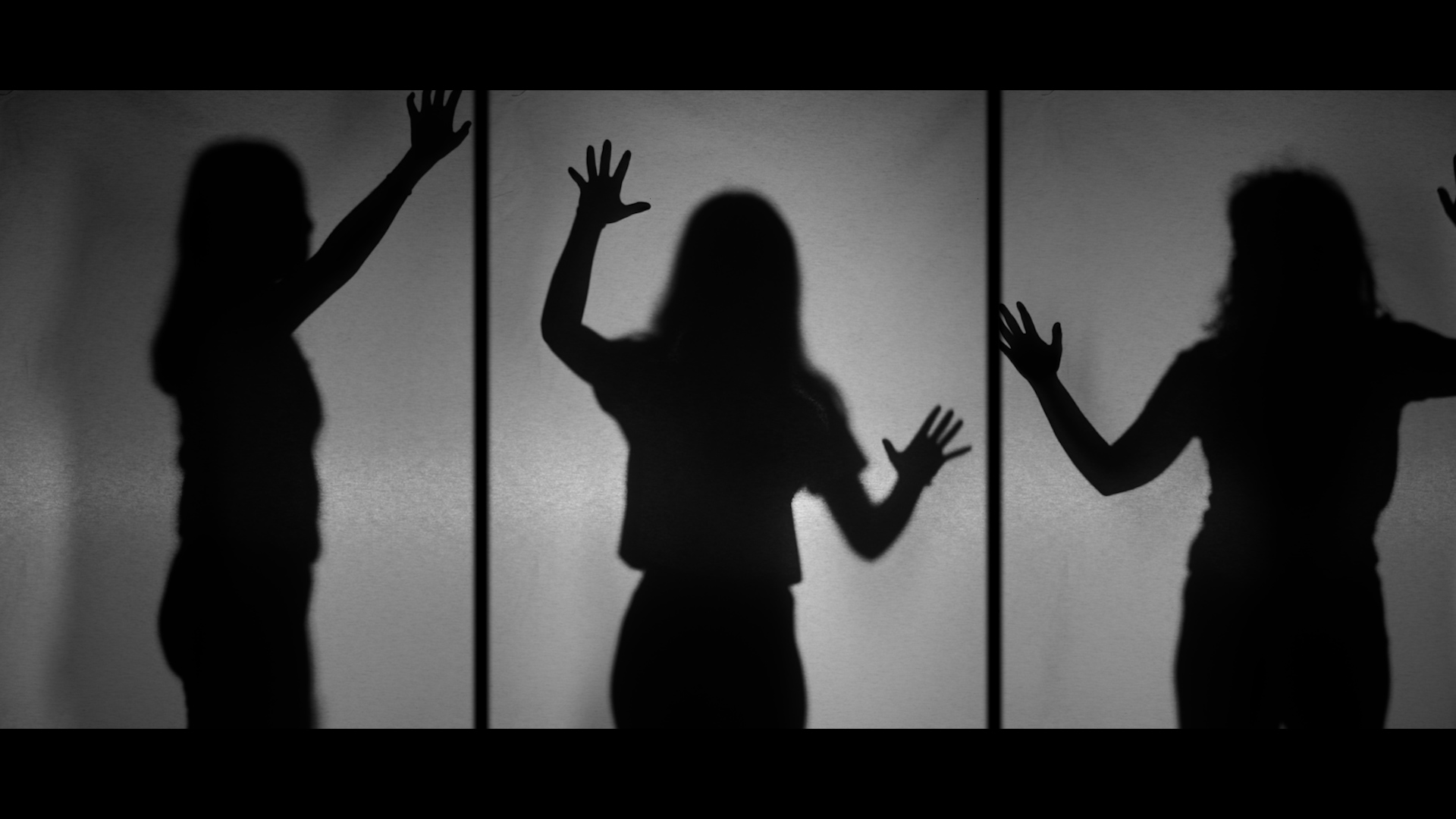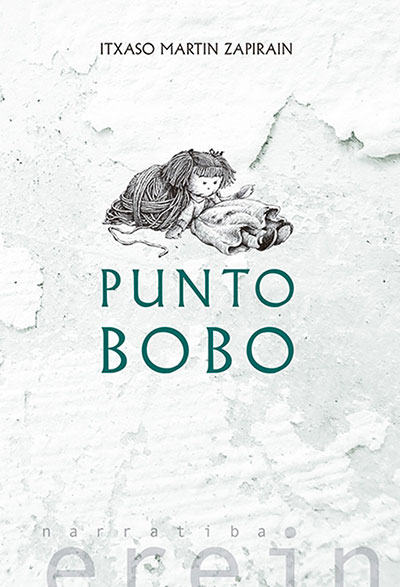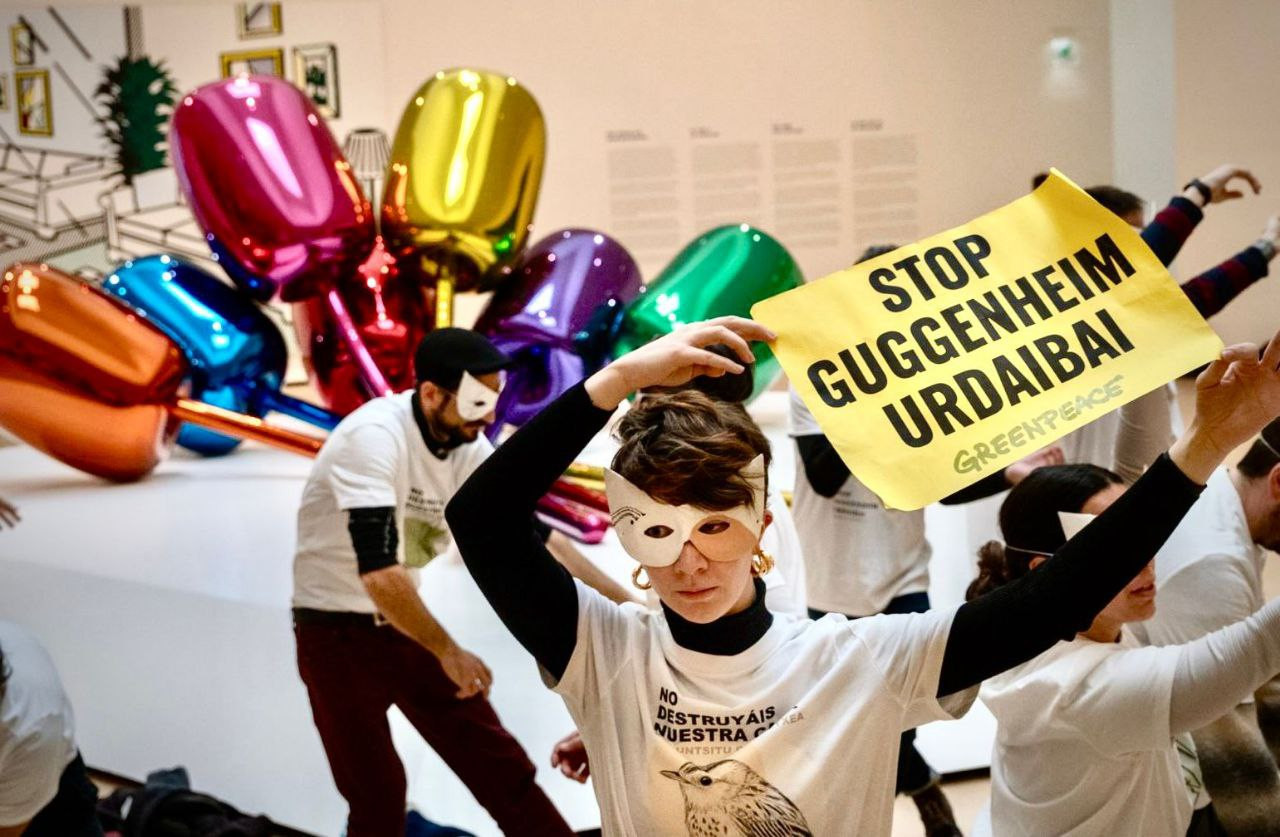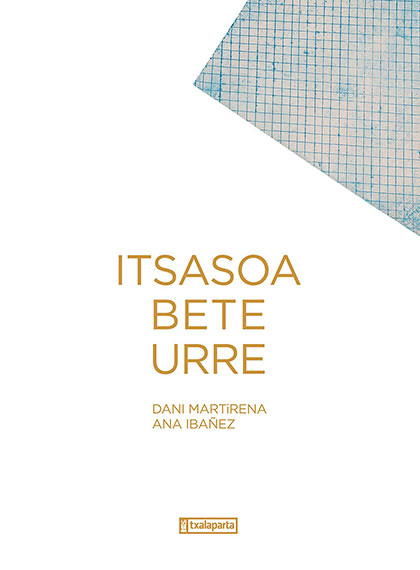Cartoncytes by artist
- Between the nineteenth and twentieth centuries, they were "brave" men and women of great will dedicated to hunger and fasting. Entertainment professionals spent weeks of profession inside a glass box without eating for the enjoyment and admiration of the public.

Many of these amateurs also came to eat the transparent walls of the cage with the intention of awakening the wrath of the penitent. Known as the "artists of hunger," his mission had little to do with the ancoras that had precedents, which in order to purify the soul, became hot, thin and hungry fans of asceticism.
The role of the callos animators had a clear lucrative intention: the admirers paid the entrance and the artists' shows became propitious supports to announce products such as the brands of mineral water bottles they drank fasting. In some cases they also had a manager. A multitude of artists gathered around the world and their impact spread throughout the world. In Europe, above all, they achieved great success. The prestige of the "artists of hunger" coincided with the explosion, film or opera of other public shows.
The German Jolly (Siegfried Herz) was 44 days without eating at the Krokodil restaurant in Berlin in the late 1920s. It won DM 135,000 from the time, that is, EUR half million today. The event was attended by nearly 150,000 amateurs who were able to verify the damage caused by hunger. The pioneer in professionalizing artistic activity was the Italian Giovanni Succi. He was the first to add advertising value to the show and in 20 years he performed 30 fasting activities. He was the most daring and prestigious artist, provided that all the actions were carried out with total cleanliness – but once he was surprised by eating a slice of meat and drinking champagne in a hotel in Vienna on the 25th day of fasting. The Italian became famous, visited New York, and after 45 days of fasting, he held before the public a beautiful feast of bones and tents, which at the end of the action was usual to celebrate with a public callus.
The famous story Ein Hungerkünstler ("An Artist of Hunger"), written by Franz Kafka in 1924, is said to be based on Italian famine. The Spanish version of the story published by the editorial Casimiro contains the text "Best of Fasting" by Christian Bank Pedersen and another written by Walter Benjamin. Well, Pedersen perfectly reflects the cause of hunger: “The art of hunger is to lose weight, but when the body loses more weight, art gains more. Art is not lost as a result of the growing thinness of his work, the work of the artist, who is the artist himself."
In Bilbao and Vitoria, the artists of hunger also visited Euskal
Herria with hunger. On June 1, 1901, according to the newspaper El Heraldo Alavés, Mr. Garnin visited the Olympia Theatre in Bilbao and a neighbor of Olabeaga bet on French for 500 pesetas: they spent more than ten days without eating. The artist accepted the bet.
The newspaper also featured a new hungry show in our country. The French Garnié used a rarer version of the traditional format, in order to fasting for twelve days in Vitoria, but as a distinctive feature it would be buried one meter from the surface. He was buried in the Florida Park on 1 August 1922 and was unearthed on 9.
These practices are still being written. One of them is the writer, translator and cartoonist Fernando Gómez Viñas (Córdoba, 1966), who has just published the graphic essay "The Artists of Hunger (or The Origins of Performance)", a book that reviews the trajectory and heritage of the artists of hunger. In his work Gómez Viñas quotes several contemporary art creators and currents who have turned hunger into art, with the aim of showing the direct relationship between pioneers and descendants. Serbian artist Marina Abramovic, for example, presented in 2003 the action "The House with the Ocean View", a 12-day stay in a house in silence and fasting in front of the public.
“Fascinating girls” Despite artistic and entrepreneurial goals, human beings have had various reasons to forgive, although in most cases there have been mystical and religious reasons. Thus, Christ or Buddha were prophets who lost, and earth imitators also appeared, among them the Christian parents of the desert of Christian mythology. Collective fasting linked to religions, such as Ramadan and Lent, are
also known.
One of the most well-known asedas was Simeon Estilita, which Aragonese director Luis Buñuel led to the film in 1965, Simon of the Desert. Well, Simon, in the 5th century, spent 37 years on a column. Before, however, he behaved like a hunger artist, locked in a cell for 40 days with ten loaves and a jug filled with water and ordered the door to keep the temptation. But when he opened the door, Simon was found unconscious but alive. He didn't eat any bread during that time.
Also in the Lower Middle Ages appeared the first women who provided fasting, and at that time a peculiar diet was extended among them: they were only fed with kick, in order to symbolize that Christ was enough to live.
Among them is the Dutch Lidwina (1380-1433), who supposedly spent 28 years eating only the body of Christ. He was one of the protagonists of a seasonal mystical stream and its importance is noteworthy. Ice skating suffered an accident. As a result, he spent his whole life in bed. From then on he began to forgive and also had inspectors. She was one of the first people to be diagnosed with multiple sclerosis and was also named holy of chronically ill. Therefore, the extraordinary healing capacity of Lidwina was known, so he began to receive visits as an artist of hunger. He did not charge tickets, but the faithful gave him money and gifts, especially the nobles.
Descendants of these women who imitated Christ are the girls who practiced fasting girls or fasting, also known as the "wonderful girls." Entering home, without eating anything, they received visitors, and apart from the harasses and quotes of Christ, their activity took form of show and business, showing the ways of the artists of hunger. Among them, Sarah Jacob from the mid-19th century or the Welsh fating girl ("the Welsh girl who fasted"). He stayed for two years without his sleeve and enriched not only his family, but also his people, thanks to the soda and offerings of his visitors, who at the village station waited for his drivers to teach them the way to Sarah's house. Of course, it is not possible to stay for so many years without eating, so the fraud was obvious: the 11-year-old was eating secretly. When the deceit was spread, the child was subjected to medical control, but his parents' head office died after eleven days without eating. The Wonder (2022) ("Miraconcha"), directed by filmmaker Sebastian Lelio, highlights the phenomenon of wonderful girls, which can be seen on streaming platforms.
The last famous girl I lost was Molie Fancher (1848-1916) Brooklyn enigma. Henry Tanner’s Doctor of Hunger was the inspiration for the golden age of the artists of hunger. Faced with these famous seasonal outbreaks, skepticism prevailed among doctors, but Dr. Tanner wanted to show that it was possible to make long fasting, that is, that the human body was prepared for it. Therefore, he started his own fast: he spent 40 days without eating, drank only water, and did so in the eyes of the public. Thus, he launched an ambitious spectacle that would fatten the eyes of viewers around the world.
The shadow of this hungry activity has remained until today. For example, in 2003, American illusionist David Blaine entered 44 days in a plexiglas cage hanging from a rope. In that interval, he lost 25 kilos. He previously participated in similar shows, although he did not do so in fasting; among others, in 2002 he performed a performance called Vertigo, which went up a column in New York and settled for 35 hours as Simeon Estilita of the 21st century.
However, Blain did not pick up even the admiration created by the artists of hunger, a sign that today’s society and then have changed it profoundly. Fernando Gómez Viñas picked him up in his book: “Some spectators pulled his pants down and showed him the ass; others threw him hamburgers, eggs, golf balls, beer bottles and balloons filled with paint, and a disqueter became fond of music 24 hours a day. And at worst, a man was arrested because he wanted to cut the rope that kept the cage in the air.”
Vagina Shadow(iko)
Group: The Mud Flowers.
The actors: Araitz Katarain, Janire Arrizabalaga and Izaro Bilbao.
Directed by: by Iraitz Lizarraga.
When: February 2nd.
In which: In the Usurbil Fire Room.
Puntobobo
Itxaso Martin Zapirain
Sowing, 2024
----------------------------------------------------
The title and cover image (Puntobobo, Wool Bite and Rag Doll) will suggest mental health, making the point and childhood, but more patches will be rolled up as the book... [+]
This wedge that the announcement on the radio Euskadi to replace the bathtub with a shower encourages the commencement of the works in the bathroom of the house. A simple work, a small investiture and a great change are announced. There has been a shift in toilet trends and a... [+]
Duela hemeretzi urte berpiztu zen libertimenduen usadioa Donibane Garazin. Antton Lukuk abiatu zuen mugimendu hori, eta bi hamarkadetan, Ipar Euskal Herriko herri desberdinetara ez ezik, Hegoaldera ere hedatu da.
Arizona
Actors: Justin Garfield and Jon Plazaola...
WHEN: January 26th.
IN WHICH: The New Culture Center. In the square.
-------------------------------------------
The couple Margaret (Aitziber Garmendia) and George (Jon Plazaola) leave Idaho to guard the border between... [+]
Opera 'Tristan und Isolde'
Bilbao Symphony Orchestra. Directed by: Assisted by Erik Nielsen.
The Bilbao Opera Choir. Directed by: Assisted by Boris Dujin.
The stage director: To the Allex Eagle.
The soloists: I'm talking about R. Assisted by Nicholls, G. By Hughes Jones, M. The... [+]
Party and recreation. Oral History of Rock Radical Vasco
Javier 'Jerry' Corral
Books, 2025
------------------------------------------------
Javier Corral ‘Jerry’ was a student of the first Journalism Promotion of the UPV, along with many other well-known names who have... [+]
Itsasoa bete urre
Dani Martirena
Irudiak: Ana Ibañez
Txalaparta, 2022
--------------------------------------------
Liburu honetara barneratzen den irakurleak sentsazio ugari izango ditu. Deigarria da azaleko letren urre kolorea eta zuritasuna, goialdean ageri den... [+]























